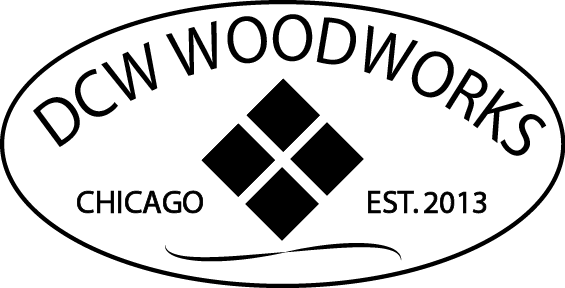Last weekend, I had the pleasure of attending ArnFest, the annual real world gathering of members of the Old Wood Working Machines forum. Although it ran for 4 days total, I only went on Saturday, for the swap meet, and there was a lot of good stuff to trade and sell, and great people to meet. One of the items that caught my eye was a 1910s-ish era ACME post drill.
What's a post drill? This site is glad you asked; in short, its a hand cranked drill press designed to be mounted on a post. It was never designed as a precision tool, more of a rough utility tool for a barn or small shop. One distinctive feature is that they have a weird offset chuck that required special drill bits with uniform shanks with a flat on the side. I had been curious about them, when one popped up right there in front of me at ArnFest. For some short money I thought I'd give it try. On the plus side, it was parts complete, and more dirty than rusty, and very thankfully, someone had already converted the chuck to a modern 3-jaw centered chuck, allowing me to use modern, normal shank drill bits.
So, it went home with me, and over the next few days, I went through the clean up process... clean off the gunk, dirt & grime; disassemble everything (thankfully, every piece could be taken apart without much work - no parts were fused together or seized up); take all the rust off; re-paint the appropriate areas; build a "post" to mount it to; reassemble it all and lubricate it; and finally, hang it on the wall and try it out.
It was a lot of work, here's a few pictures of the process...
Finally, its was time to try it out. And, well, it worked, but for a variety of reasons, it just wasn't going to become my new "upgrade to the past" alcohol powered drill press, replacing my electric one. For one, with the modified chuck, there just isn't enough clearance for work taller than 3" or so, depending on the bit you use, even with the table all the way down. Second, it is self advancing, and even at the fastest adjustment, it advances SLOWLY. Really, really slowly. Finally, it has some runout issues (wobbly bit, due to a slight bend in the shaft/quill) that would always be annoying. So, while it won't end up being a useful tool in the shop, I did have a lot of fun restoring it, getting it to work, and learning about it. I just need to find it a good home.
Here's a short video so you could see the drill in action. I apologize for the "upright iPhone" aspect ratio: it seemed to frame the subject well.
I am demonstrating the operation, and some issues, with a 1910's era ACME post drill.

